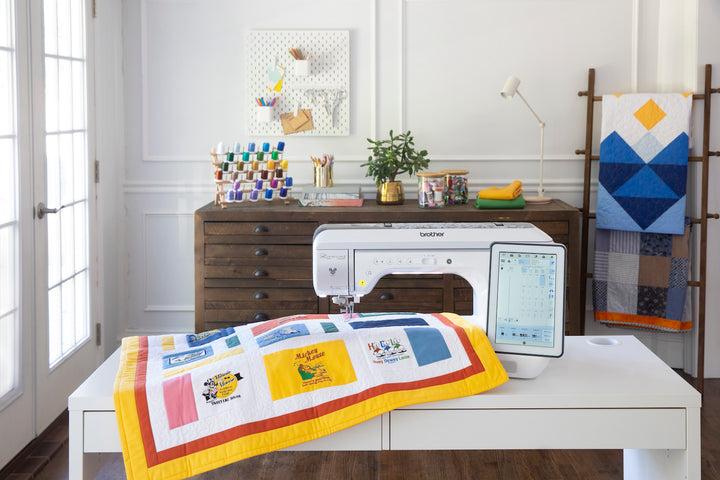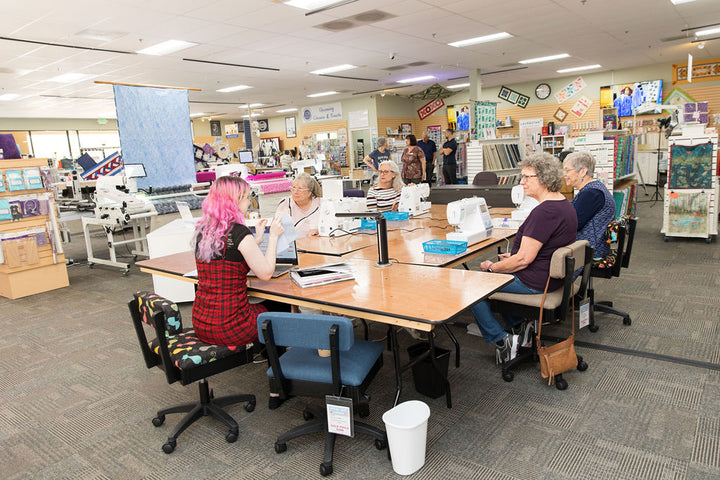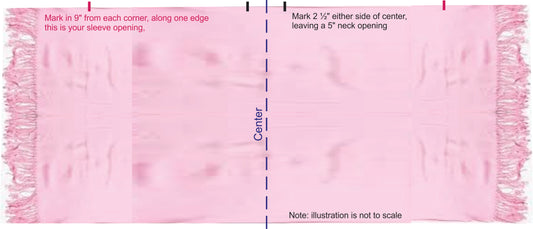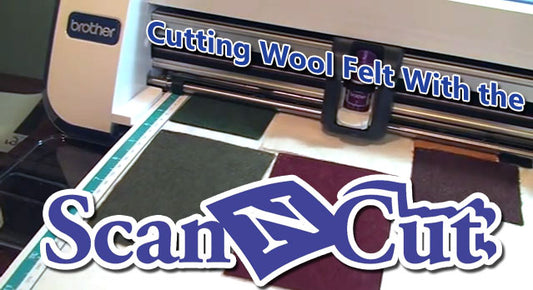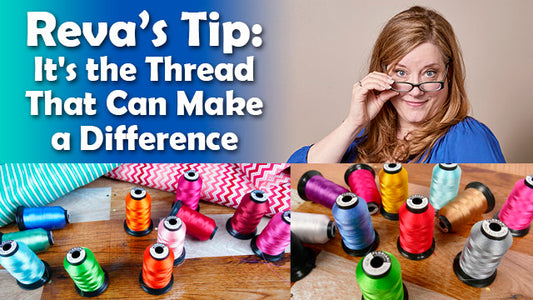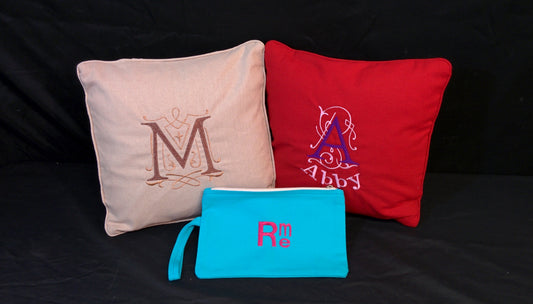I love the look of a lightweight fabric gathered into a shirt yoke, but I really, really dislike stitching gathering threads! Whenever I gather fabric using gathering stitches, it always seems like I either do not distribute the gathers as evenly as I'd like, or I get big tucks here and there, or - worst of all - I end up breaking one or both of the gathering threads and have to start all over again!
So, for several years, using clear elastic as a gathering tool has been one of my favorite tricks. I don't recall where I first learned it - it may have been an article in Threads, in a book, or a video - I've seen it mentioned in many sources. But it's a great time saver and will give you beautiful results every time with very little effort.
Vogue 1620 is one of my favorite blouse patterns, which is unfortunately out of print. I've had it for years. I especially like this pattern because it makes good use of those 'bits and pieces' of beautiful fabrics that I have in my 'personal resource center' (aka stash). The most challenging part of this pattern is that it incorporates a lot of gathering - there is no sleeve cap; rather the upper back and sleeve are all gathered into a shoulder yoke, and the bottom of the sleeve and upper back are gathered into a semi-fitted bodice around the waist and hips. The sleeve bottoms are also gathered into the cuffs.
Step 1:
Luckily, this is easily accomplished with the use of clear elastic. Clear elastic is extremely stretchable. So much so, that it is important to pre-stretch the clear elastic, similar to stretching a balloon prior to inflating it. Give it a good stretching, stretching by section if you need to. You will want to stretch a slightly longer section than the desired finished length of the gathered section. I prefer to gather my fabric onto the elastic slightly shorter than the desired length. This is because it's very easy for me to simply stretch the gathered fabric/elastic a bit when applying to my yoke, than trying to cram in a little extra if I don't gather it enough. So I will cut my clear elastic a little bit shorter (up to 1/2") than my desired finished length. I also use about 1/4" on each end for a tab to hang onto. So in effect I'm reducing the length of my clear elastic up to 1" from the actual desired length of gathered material.
Step 2:
Now I will fold the fabric to be gathered to determine where the quarter - distance marks are. I insert pins into the seam allowance to mark these distances. I will do the same to my clear elastic, and simply match up the pins together. This is the same type of 'quartering' you do when you apply a knit collar or cuffs to a t-shirt or similar knit project. If you are gathering quite a distance, you may need to divide the distance into 1/8 sections.
Step 3:
Next, sew the elastic onto the seam allowance. I use a standard straight stitch, grasping that little tab and the edge of my fabric to start and the first quarter pin or similar, stretching the elastic so that it is lying flat and even with the seam allowance. You will want to use 'taut' sewing - keeping the material taut both in front of and behind the presser foot while hanging on to the elastic. (I can't show this while holding a camera!) I usually stitch just inside the 5/8" seam allowance so that the elastic will be only within the seam allowance. This makes it easier to remove if you don't want the elastic to remain in the seam allowance. Stop when necessary with the needle down to hold your place and restretch the elastic to fit the fabric sections.
Step 4:
When you are finished stitching - it's like magic - your fabric section is exactly the size you want it to be (or easily adjusted to that size), and the gathers are perfectly evenly spaced and of an even depth. Keep the elastic in place as you sew your gathered section to your yoke or similar.
I generally remove the elastic after my gathered sections are stitched in place. Many times you can gently tear the elastic from either side of the stitching once the gathered section is sewn in place so that the elastic does not remain in the seam allowance. If your fabric doesn't tolerate tugging (as this silk chiffon definitely doesn't), it's fairly easy to simply remove the stitches from the elastic.
Happy Sewing! I hope you enjoy this time and frustration saving technique as much as I do.
--Katrina

